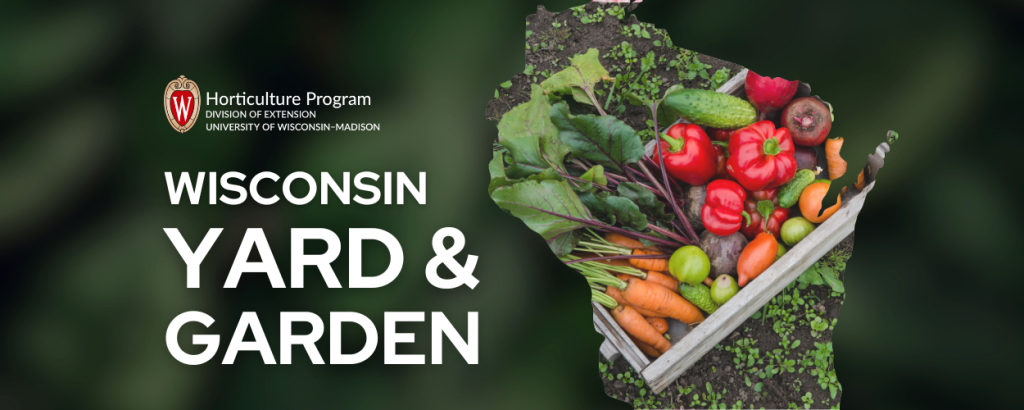
This article was originally published for the Northwoods Yard and Garden column by Extension Iron County.
As fall approaches the vegetable garden season is gradually ending. Now is an excellent time to assess this year’s results and plan for the next year’s garden.
One of the first things to do, if you have not already done so, is to make a sketch of your garden plot area and include all crops grown this year. Specifically mark where each crop was located. This will be valuable next spring when you make plans on where to plant each crop, as one of the fundamental ways to reduce major diseases is to rotate crops.
When rotating crops, consider not just the individual crop but the three major rotation groups. Crops within the same group share the same problems, so when rotating next year, crops within the same group should not follow each other. For example, the cucurbits include cucumber, squash, melons, and pumpkins; all share the same disease and insect pests. Likewise, the solanaceous crops include tomato, pepper, eggplant, and potato. The third major group are the crucifers, which include cabbage, broccoli, cauliflower, and kale.
So, where tomatoes grew this season, planting peppers in that same spot next season is not sound crop rotation. Instead, pick a crop from one of the other two groups mentioned above or any other crop not found in the solanaceous group. Ideally do not plant crops, in this case tomatoes, back in that same spot for at least three years.
Another valuable piece of information is the list of specific cultivars (or varieties) of each crop planted this year. Make notes now on how each cultivar performed in this year, including positives and negatives. High yields and harvest quality are major positives; diseases or poor-quality harvests are major negatives. Research during the offseason potential replacements if the cultivars you planted this year did poorly. Always consider disease resistant cultivars, as that is the best defense against serious disease outbreaks.
Practicing good sanitation this fall will also help reduce problems in next year’s garden. Start by removing any weeds, in particular perennial species. As crops are finished for the season, remove vine crops, as they may provide overwintering sites for insect pests. Likewise, crops like tomatoes that may have had diseases should be cleaned up to help avoid carryover into next year’s growing season.
Finally, fall is an optimum time to address soil improvement. Adding compost and other organic materials will help soils both with excess sand and clay. Consider soil testing, especially to determine the pH, so adjustments can start prior to next season.

About the Author
Bruce Spangenberg is a Horticulture Outreach Specialist with UW-Madison Division of Extension. Get answers to your lawn, landscape and garden questions anytime at “Ask Your Gardening Question.”




